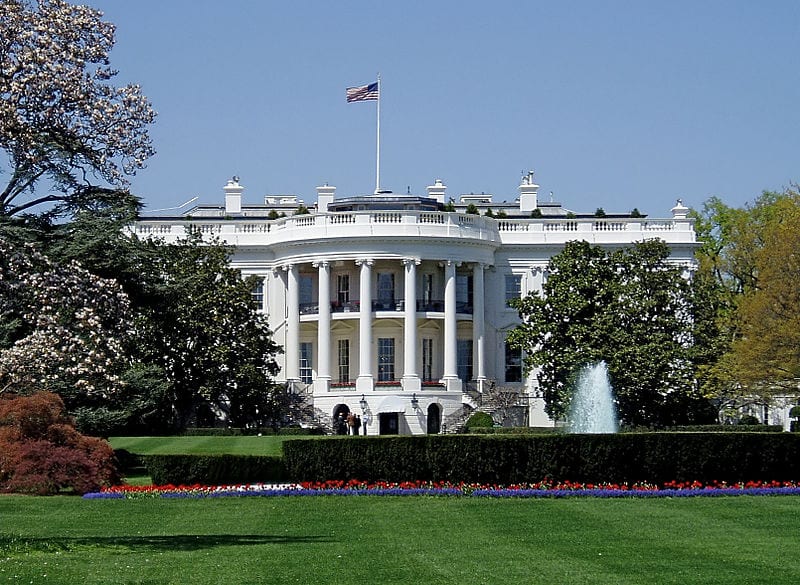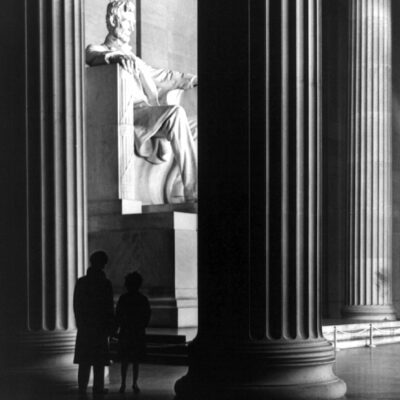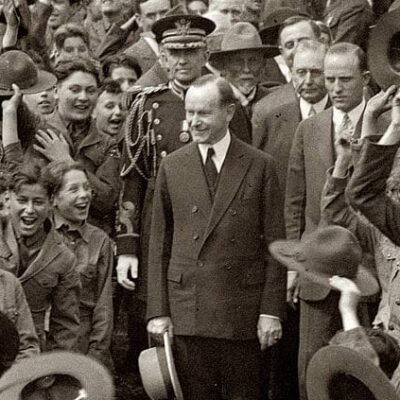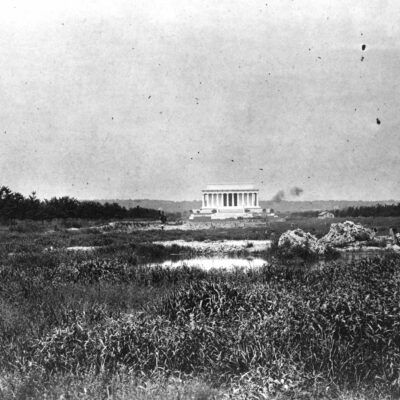Way back in the day, the building we now know as the White House was called the “President’s Palace”, “President’s Mansion”, or the “President’s House.” The nomenclature evolved over time, with the accepted name for 1600 Pennsylvania Avenue becoming the “Executive Mansion.” It wasn’t until Teddy Roosevelt‘s presidency that the building would be officially referred to at “The White House.”

In March 1792, the three appointed commissioners overseeing the planning and design of the new city (Thomas Jefferson, Daniel Carroll and David Stuart), put out an advertisement to all major towns in the United States calling for designs to be submitted for the new President’s House.
A premium of five hundred dollars or a medal of that value to the person, who before the 15th of the following July, should produce to them the first approved plan, if adopted by them, for a President’s House. On the 16th of July it was recorded that the President of the United States with the Commissioners examined the several plans for the Capitol and the Palace which had been forwarded agreeably to advertisements of the 14th of March.
This meeting of President Washington, Jefferson, Carroll and Stuart took place in Georgetown at a place called the “Fountain Inn,” or Suter’s Tavern. Most White House history aficionados know that the design of Irishman James Hoban of Charleston, was selected as the plans for the President’s house. But, I’m guessing they don’t know who received the silver medal.

Source: Library of Congress
Below are the meeting minutes from that gathering.
July 17, 1792,–The President of the United States, with the commissioners, continued the examination of the plans for a capitol and President’s palace.
The premium for the best plan for a President’s house was adjudged to Mr. James Hoban, or Charleston, S. C.
A resolution and order were drawn by the commissioners in favor of Mr. John Collins for $150 as a token of their sense of the merit of his essay and for the plan for a President’s house prepared by him, appearing to the commissioners to be scientific and second in merit.
So much for coming in second place; at least he received $150. John Collins was an architect and builder from Richmond, Virginia and submitted his design anonymously as “A.Z.” There is some speculation that the design wa actually from Thomas Jefferson himself, but the records point to Collins being the designer.
Below is his design of what the White House could have looked like.




















